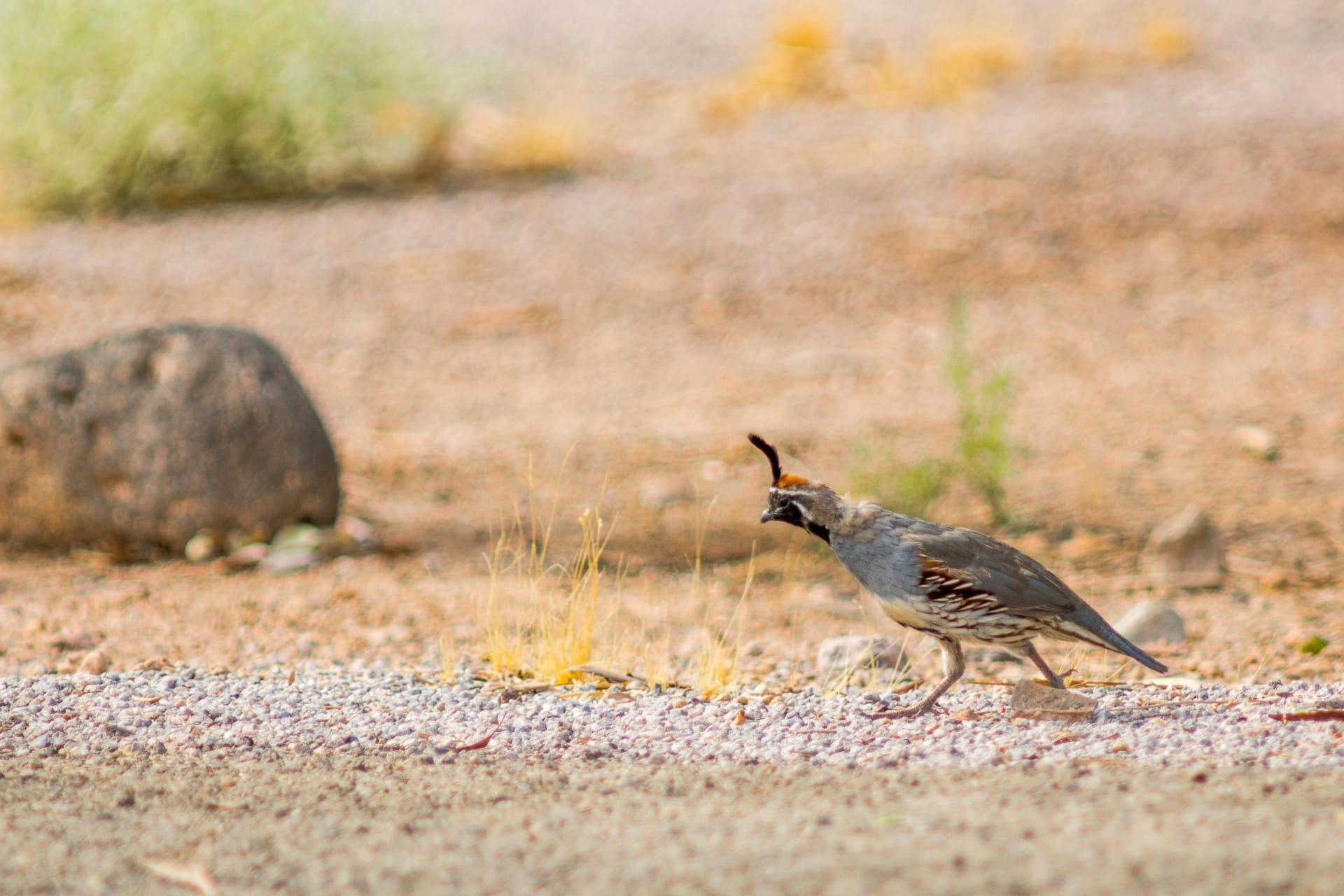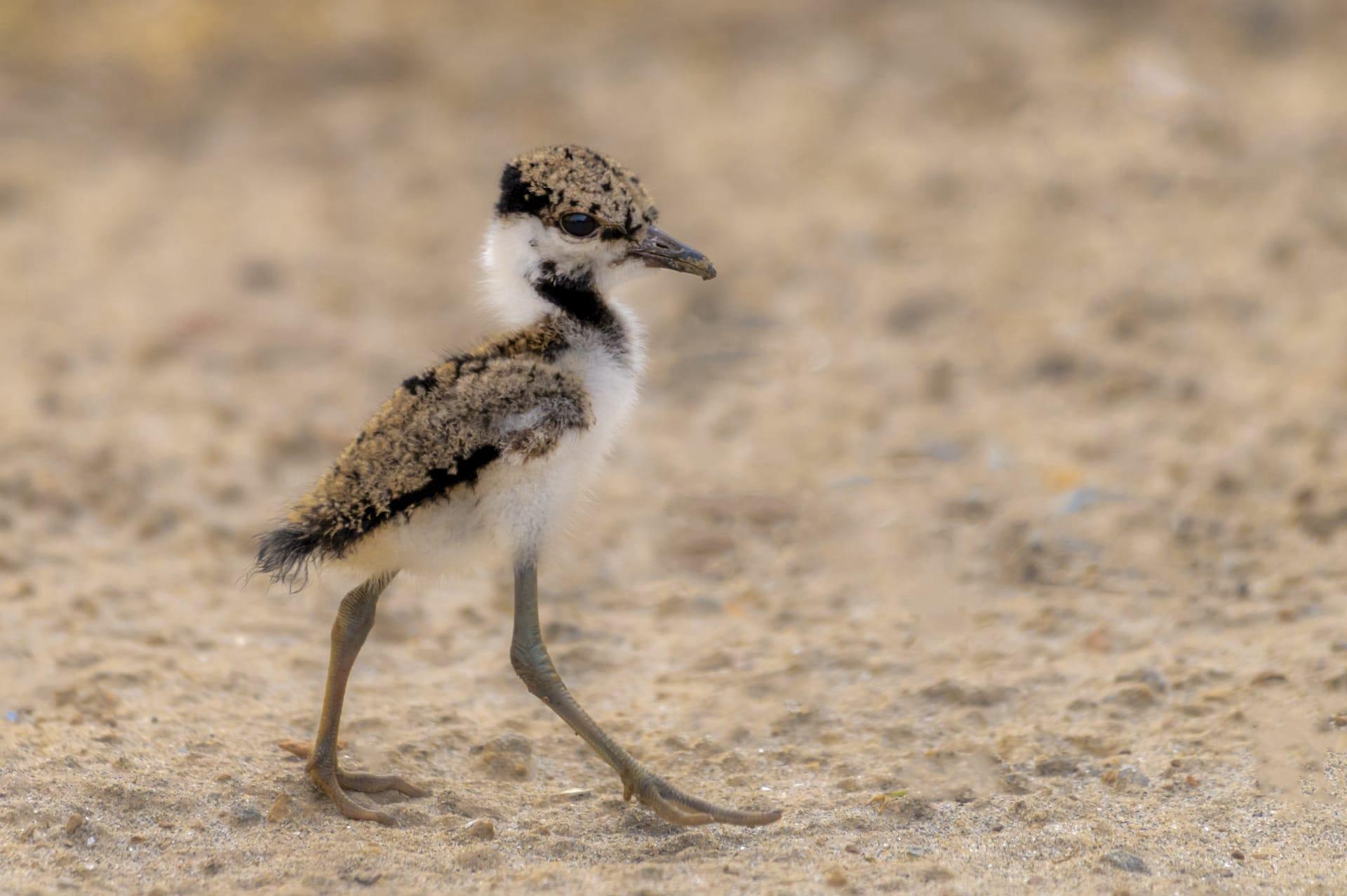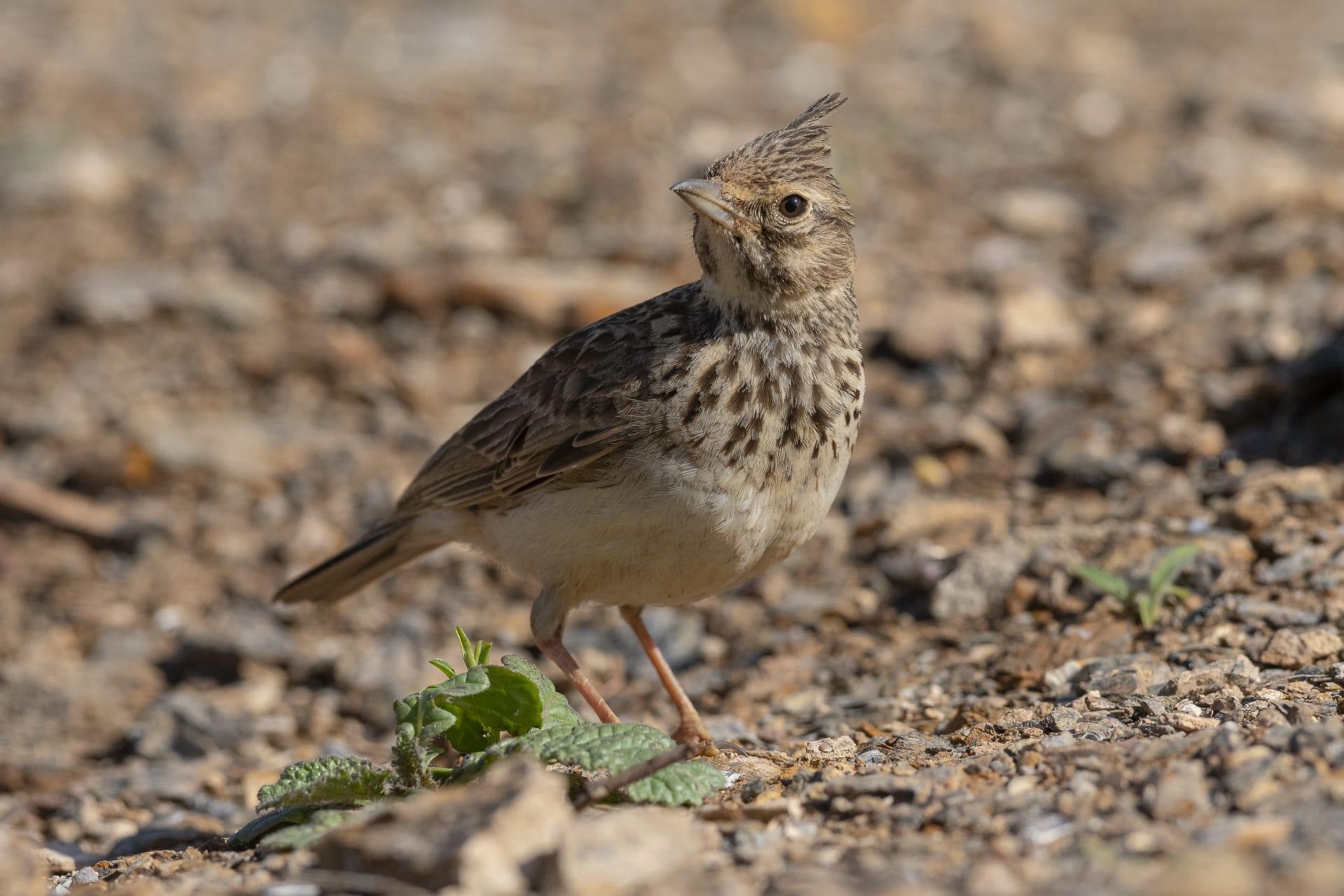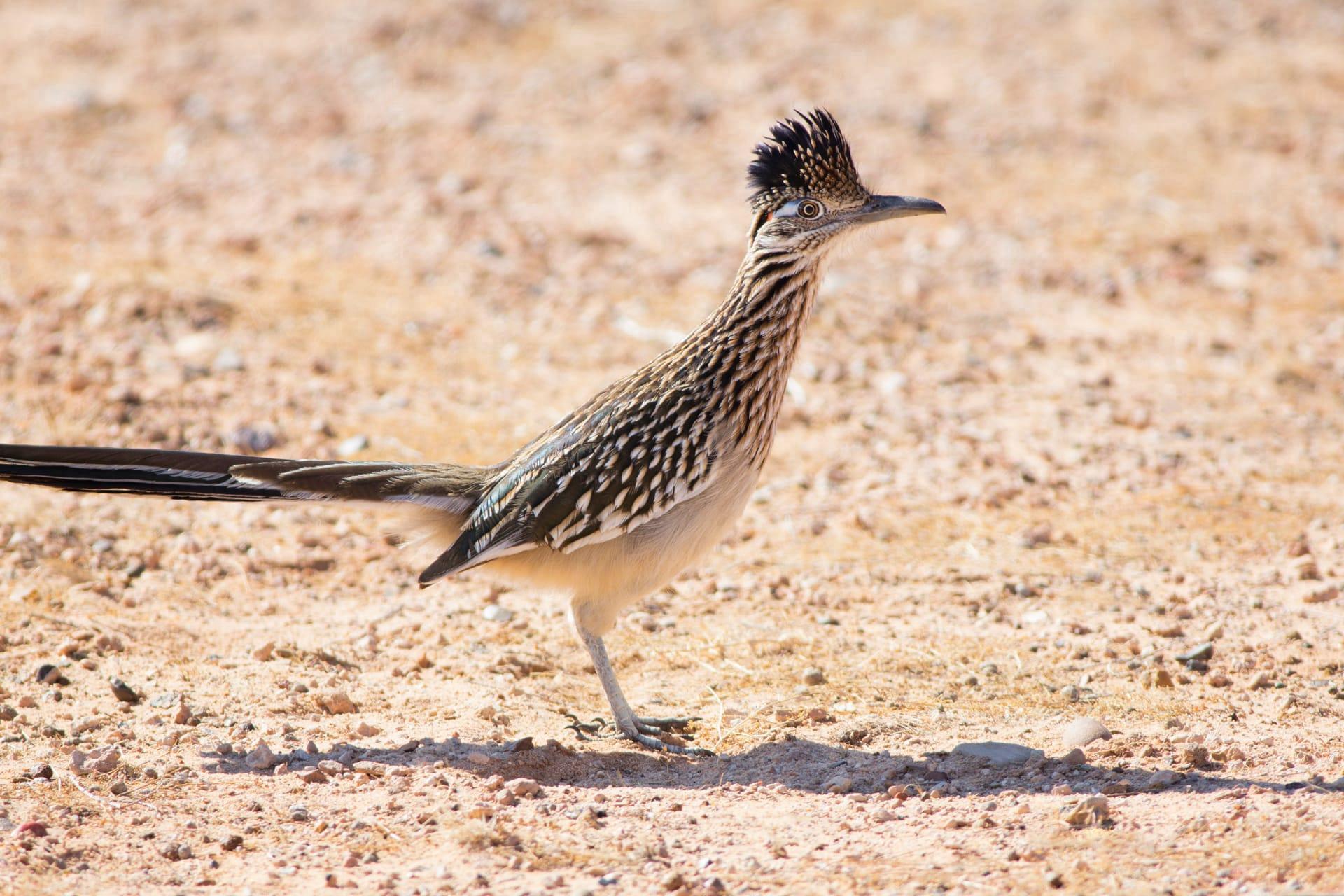Roadrunner Trivia
- Home /
- Trivia Question /
- Animal /
- Roadrunner Trivia
1
Question: How fast can a roadrunner run, and what advantages does this speed provide?
Answer: Roadrunners are renowned for their impressive speed, capable of reaching up to 20 miles per hour. This swift pace allows them to catch a variety of prey, including insects, lizards, and small rodents. Their speed also aids in evading predators and swiftly traversing their desert habitats, where quick movement is crucial for survival under the scorching sun.
Question: What unique adaptations do roadrunners have for living in desert environments?
Answer: Roadrunners are superbly adapted to desert life. They have evolved to conserve water, losing very little through their respiratory system. Their kidneys are highly efficient, removing waste without losing much water. Moreover, roadrunners can maintain their body temperature by altering their posture to minimize or maximize sun exposure. This adaptation is vital in environments where temperatures can fluctuate dramatically.

2
Question: Do roadrunners really run faster than coyotes, as often depicted in cartoons?
Answer: Contrary to popular belief, roadrunners are not faster than coyotes. Coyotes can reach speeds of up to 43 miles per hour, which is more than double the roadrunner's top speed. However, roadrunners are incredibly agile and can maneuver through their terrain with skill, often outsmarting predators like coyotes.
Question: Is it true that roadrunners only live in deserts?
Answer: While roadrunners are commonly associated with desert environments, they are quite adaptable and also inhabit grasslands, scrublands, and even wooded areas. Their range extends from the southwestern United States to central Mexico, showcasing their adaptability to various environments beyond just arid deserts.

3
Question: How do roadrunners catch their prey?
Answer: Roadrunners are opportunistic predators, employing various strategies to catch their prey. They use their exceptional speed to chase down fast-moving prey like lizards and small mammals. They are also known to leap into the air to catch flying insects and can even hunt small birds. Additionally, roadrunners sometimes use a technique called 'bill-casting', where they throw up indigestible parts of their prey, like bones and fur, to make room for more food.
Question: What role do roadrunners play in their ecosystem?
Answer: Roadrunners play a crucial role as both predators and prey in their ecosystem. As predators, they help control the populations of insects, rodents, and other small animals. Their diet also includes venomous creatures, like scorpions and rattlesnakes, which they skillfully kill and eat. As prey, they provide food for larger predators, helping maintain the ecological balance in their habitats.

4
Question: Do roadrunners mate for life, and how do they raise their young?
Answer: Roadrunners are known to be monogamous, often forming long-term pair bonds. During the breeding season, males perform elaborate courtship displays, which include offering food to the female and a series of cooing and tail-fanning gestures. The pairs build nests together, and both parents participate in incubating the eggs and feeding the chicks. This cooperative breeding approach increases the survival chances of their offspring.
Question: Can roadrunners fly, and if so, how well?
Answer: While roadrunners are primarily ground birds, they are capable of flight. However, they are not strong fliers and typically only take to the air to escape predators or to reach roosting spots. Their flights are usually short and low to the ground, relying more on their speed and agility on foot for navigation and hunting.

5
Question: What is the lifespan of a roadrunner, and what are their main threats?
Answer: Roadrunners have a lifespan of about 7 to 8 years in the wild. Their main threats include habitat loss due to human encroachment, predation by larger animals, and competition for food. Climate change also poses a threat by altering their habitats and affecting the availability of their prey.
Question: How do roadrunners communicate with each other?
Answer: Roadrunners communicate using a variety of sounds and visual displays. They produce cooing noises, especially during the breeding season, which are used in courtship and to establish territory. They also use a series of clacks, whirrs, and barks for different situations. Visually, roadrunners communicate through body postures, tail movements, and wing displays, which convey different messages such as aggression, submission, or readiness to mate.